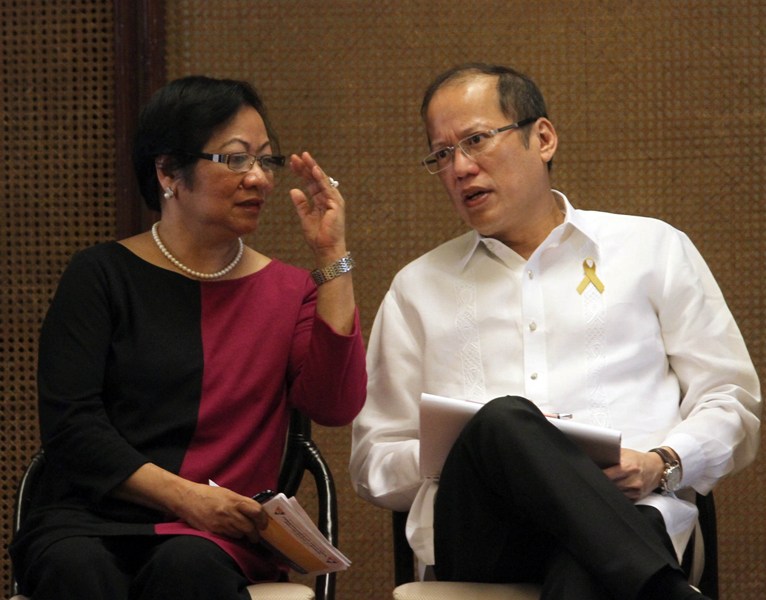
MANILA — Although conceptual and methodological differences in the conduct of the official Labor Force Survey of the Philippine Statistics Authority and the Social Weather Stations’ Survey on Adult Joblessness make their results incomparable, Labor and Employment Secretary Rosalinda Dimapilis-Baldoz on Tuesday reiterated that the whole picture of the country’s employment situation that both surveys show challenges the DOLE—day by day—to do better and make its employment facilitation programs respond to the realities and needs of Filipino workers.
“No, we are not dismayed at all by the results of the SWS’ 2014 Fourth Quarter Survey on Adult Joblessness,” she said in an answer to a question at the commemoration activity on the 88th birthday of the late Secretary reporter’s Blas F. Ople in Malolos, Bulacan.
“However, we would like to emphasize that the concept of joblessness and unemployment—which even the SWS is very careful to distinguish—are entirely two different matters,” Baldoz added.
She explained that job refers to the type of work that a person does, while employment refers to a person with a job.
“An employed person can have more than one job, e.g., a teacher who teaches in a private school, but is also a part-time tutor, and he or she is counted as one person employed in the official Labor Force Survey. The SWS survey joblessness; the Labor Force Survey counts the employed,” she said.
Baldoz said the definition of the “unemployed” in the LFS covers people meeting three criteria: (1) without work; (2) looking for work; and (3) available for work.
“One who does not meet any one of these three criteria at the time of the survey is considered not “economically active” or not in the labor force. The labor force is the working age population 15 years and above,” she explained.
Baldoz also explained that the reference period of the LFS accounts for the SWS’ higher ‘joblessness’ result because the longer the reference period, the lower the number of unemployed could be. The LFS’ reference period for those without work and looking for work is seven days (the past week), while the reference period for those asked whether they are available for work is past week or within two weeks following interview date.
Another difference that accounts for the incomparability of the LFS and SWS surveys is the sample size of the surveys. The LFS surveys 51,000 households.
On the “one hour” criterion defining the employed, Baldoz said this is an international standard that the Philippines follows.
“The term ‘employment’ is linked to the total concept of production defined by the UN System of National Accounts (SNA), which says any activity falling within the SNA, however small, is considered as work for the purpose of measuring employment. All work, even for only one hour a week, contributes to the total national output, and should, therefore, be counted,” she said.
Baldoz noted that while the SWS applied the official definition of unemployment in its 4th quarter 2014 survey, the resulting ‘joblessness’ still reached 7.3 million Filipinos.
“Here lies the incomparability of the LFS and SWS survey data. Historically, the survey results of the SWS are higher than the results of the LFS,” she said.
Having said this, the labor and employment chief said that in looking at the SWS survey result, she noted the positive—the 36 percent of the respondents who said the number of available jobs in the next 12 months would increase, approximates the first quarter 2014 SWS survey result on this indicator.